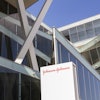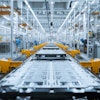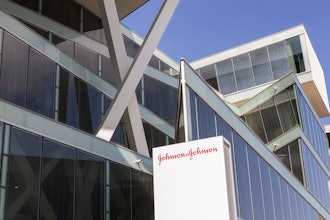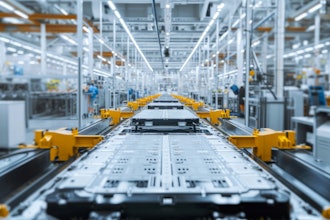Electronic Equipment Failures: Cause, Effect and Resolution
High temperatures cause over 50% of electronic equipment failures, according
to a study by the US Air Force Avionics Integrity Program. Vibration and
humidity each contribute an additional 20% of failure says the same study.
Long term weather forecasts for 2014 predict temperatures in many areas will
be hotter than normal beginning in May and continuing through August with
temperatures peaking in late June through late August. To prevent loss of
productivity this summer, take preventative action now to address thermal
management of electrical components, electronics, control systems and
VFDs.
Research shows that every 18oF rise in temperature in an electrical enclosure reduces the reliability of the electronic
components by 50%. And with manufacturers and integrators placing a higher density of components in each cabinet,
the heat load is amplified.
So what impacts the temperature rise in an enclosure?
1. Heat input of the components in the enclosure:
Ideally, the component manufacturer or integrator will
provide this information. If not, the heat input can be
estimated by determining the temperature inside and
outside of the enclosure, at several ambient temperature
levels.
2. Enclosure Materials of Construction:
Non-metallic and painted metallic enclosures maintain
coolness better than unfinished metal enclosures.
3. Enclosure Surface Area:
Larger enclosures dissipate more heat from the
components than smaller boxes.
4. Solar Effects:
Enclosures exposed to direct sunlight absorb more heat.
Additionally, darker colored enclosures absorb more
heat than lighter colored enclosures.
The Vortec Heat Load Calculator incorporates all of these factors into an easy-to-use calculator.
Impact of Vibration and Humidity
The USAF study cited above attributes 40% of electronics failures to vibration and humidity. Unfortunately, many
methods for managing heat inside an enclosure contribute detrimentally to vibration and humidity inside the
enclosure:
• Refrigerant-based air conditioners can increase vibration
• Fans push humid air through an enclosure.
Vortec Enclosure Coolers combat all three issues at once, circulating clean, dry, cold air through the enclosure to
cool the electronics, without any moving parts to cause vibration. Vortec has a complete line of enclosure coolers
to handle any heat load from 400 BTU/hr up to 5000 BTU/hr. Our thermostatically controlled Vortex A/C Enclosure
Coolers maintain ideal temperatures in the enclosure to keep electronic components functioning at optimal levels.
Vibration
22%
Temperature
54%
Humidity
19%
Dust 6%
Electronic Equipment Failure Causes
An ITW Company 1-800-441-7475
10125 Carver Road [email protected]
Cincinnati, OH 45242 www.vortec.com Innovative Compressed Air Technologies
0
11.1
22.2
33.3
44.4
55.5
66.6
0
20
40
60
80
100
120
2 4 6 8 10 12 14 16
HEAT GENERATED BY COMPONENTS IN ENCLOSURE, WATTS/FT2
Unfinished Aluminum and Stainless Steel Enclosures
Painted Metallic and Non-metallic Enclosures
SEALED ENCLOSURE TEMPERATURE RATE
T
E
M
P
E
R
A
T
U
R
E
R
IS
E
A
B
O
V
E
A
M
B
IE
N
T
(°
C
)
T
E
M
P
E
R
A
T
U
R
E
R
IS
E
A
B
O
V
E
A
M
B
IE
N
T
(°
F
)
Electronic Equipment Failures: Cause, Effect and Resolution
High temperatures cause over 50% of electronic equipment failures, according to a study by the US Air Force Avionics Integrity Program. Research shows that every 18o F rise in temperature in an electrical enclosure reduces the reliability of the electronic components by 50%. And with manufacturers and integrators placing a higher density of components in each cabinet, the heat load is amplified.
Latest in Home
ABB to Invest $110 Million in 4 U.S. Plants
September 17, 2025
Nvidia CEO Huang Says He's Disappointed by China Chip Curbs
September 17, 2025






















